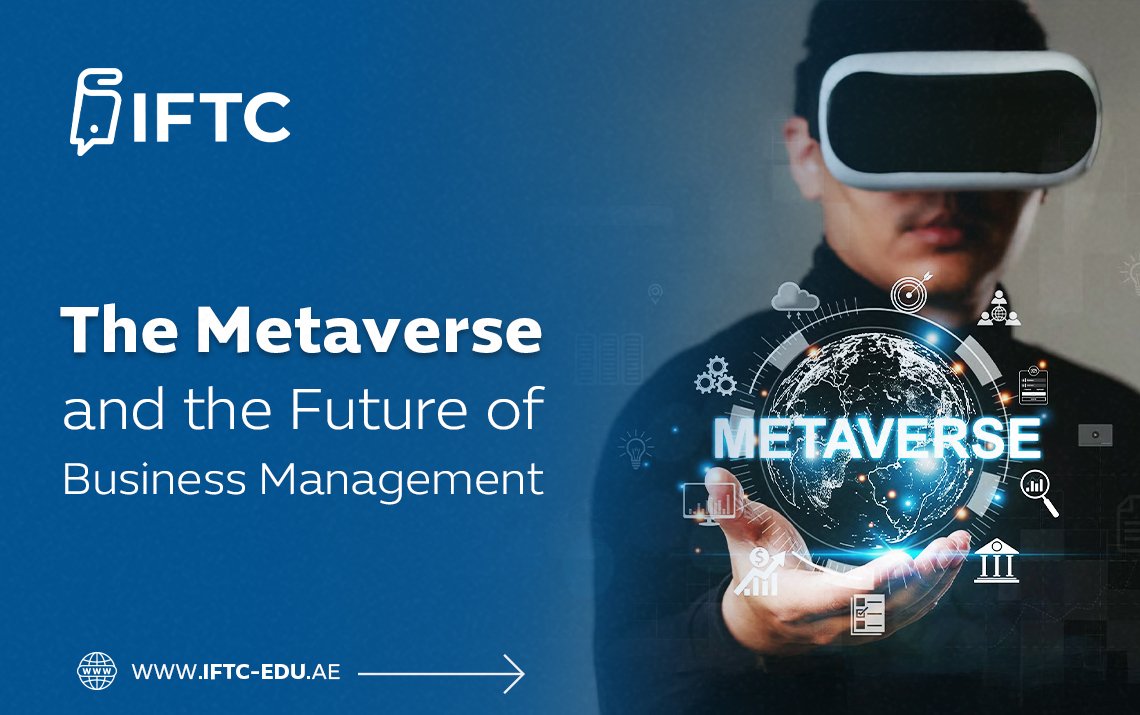
AI-Augmented Decision-Making: How Smart Leaders Leverage Machines Without Losing the Human Edge
Introduction
Artificial Intelligence (AI) is no longer just a tool for automation—it’s becoming a powerful ally in decision-making. From predictive analytics to natural language processing, AI systems are helping leaders across industries make faster, smarter, and more data-informed choices. But the rise of AI-augmented decision-making also brings new responsibilities: leaders must balance machine-driven insights with emotional intelligence, ethics, and human judgment.
What Is AI-Augmented Decision-Making?
It refers to the collaborative interaction between humans and AI to improve decision quality. Rather than replacing human input, AI augments leaders by:
- Analyzing massive datasets
- Providing real-time insights
- Identifying patterns and risks
- Offering scenario-based forecasting
Real-World Examples
- Retail: AI predicts inventory needs based on weather, seasonality, and social trends.
- Healthcare: AI supports diagnoses by flagging anomalies in imaging or lab data.
- Finance: AI models forecast market shifts and detect fraud in real-time.
- HR: AI helps screen resumes and assess candidate fit based on behavioral patterns.
Benefits of Augmented Decision-Making
- Speed: Faster analysis means quicker decisions.
- Accuracy: Data-driven insights reduce human error.
- Scalability: AI can process variables across vast systems simultaneously.
- Proactive Strategy: Leaders can act before problems arise.
Limitations and Risks
- Data Bias: Poor data leads to skewed results.
- Overreliance: Blind trust in AI can ignore human context.
- Transparency: Black-box models make it hard to trace decisions.
- Ethics: AI may surface discriminatory or privacy-violating outcomes.
The Role of the Human Leader
AI doesn’t replace leadership—it transforms it. Leaders must:
- Interpret AI results with context
- Ask critical questions about input sources
- Blend emotional intelligence with machine logic
- Stay accountable for final decisions
Building AI Fluency in Business
Leaders don’t need to code, but they must understand:
- How algorithms function
- How algorithms function
- The assumptions behind AI models
Organizations should invest in AI literacy programs for their management teams.
Key Tools Enabling Augmented Decision-Making
Business schools may need to rethink how they prepare leaders. Topics like:
- Tableau, Power BI: AI-powered visualizations and forecasting
- ChatGPT / LLMs: Instant research, idea generation, and communication support
- AutoML platforms: Democratize machine learning for business users
- AI copilots: Embedded assistants in Microsoft 365, Notion, Salesforce, etc.
Ethical Considerations
Every augmented decision requires an ethical lens. Questions to ask:
- Are we transparent with stakeholders?
- Could this data reinforce inequality?
- Are we giving employees a say in AI tools affecting them?
Developing AI governance policies is essential for responsible adoption.
Augmented Teams: The Next Step
Beyond individual decisions, AI is transforming team dynamics. Examples include:
- AI summarizing meeting notes and suggesting action items
- Tools helping teams prioritize tasks based on predictive impact
- AI-enabled brainstorming platforms (e.g., Miro with AI plugins)
This fosters a new era of human-AI collaboration, not just in analytics, but in creativity and communication.
Conclusion
AI-augmented decision-making is reshaping leadership. It empowers smart decisions at speed and scale, but also demands ethical reflection, human context, and a willingness to adapt. As AI becomes more embedded in everyday business, the most successful leaders will be those who combine computational intelligence with human wisdom. The future isn’t machine vs. human—it’s machine with human



